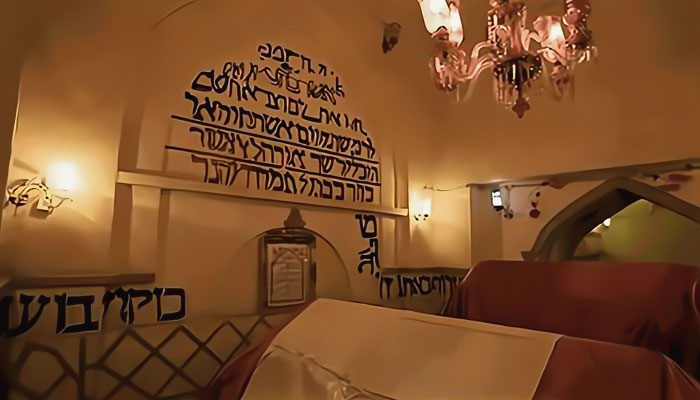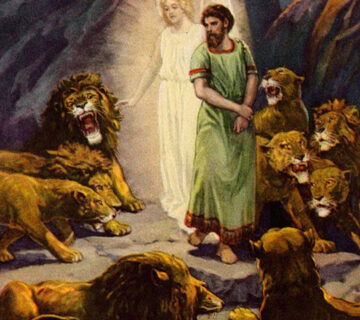
Among the most revered figures in Jewish history, Esther and Mordechai stand as symbols of courage, wisdom, and divine providence. Their story, set during the Persian Empire’s rule, is a testament to how bravery and faith can change the course of history.
Esther, originally named Hadassah, was an orphan raised by her cousin Mordechai. Through an unexpected turn of events, she was chosen to be the queen of Persia, marrying King Xerxes (Ahasuerus). Unbeknownst to the king, Esther was Jewish, and she kept her identity a secret upon Mordechai’s advice.
Meanwhile, the king’s prime minister, Haman, plotted to exterminate the Jewish people out of hatred for Mordechai, who refused to bow to him. Haman manipulated the king into issuing a royal decree that would lead to the massacre of all Jews in the empire.
Mordechai urged Esther to act, reminding her that perhaps she had become queen “for such a time as this.” Knowing the risks—since approaching the king uninvited could result in death—Esther bravely decided to intervene. She fasted for three days, then appeared before the king and invited him and Haman to a banquet. During the feast, she revealed her Jewish identity and exposed Haman’s evil plan. Enraged, the king ordered Haman’s execution, and Mordechai was honored in his place.
Their victory led to the establishment of the holiday Purim, a joyous celebration of survival, courage, and divine intervention. The story of Esther and Mordechai is more than an ancient legend; it’s a timeless inspiration about the importance of standing up for justice, using one’s position for good, and trusting that even in the darkest moments, there is a greater plan at work.
Their legacy continues to inspire people of all backgrounds, reminding us that one courageous act can change the fate of an entire nation.


No comment